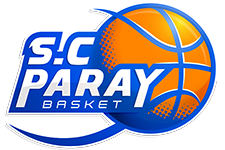The agenda for your board meeting is the plan that drives productive meetings and helps your organization reach its goals. It sets the tone for the meeting, outlines the topics to be discussed and ensures that everyone has the chance to take part.
It’s crucial to distribute the agenda ahead of time so that attendees are aware of what’s expected and are ready to engage. This allows attendees to have questions or feedback prior to the meeting. It’s best to have someone who has a thorough understanding of your organization’s objectives and compliance requirements as well as the current business environment direction in drafting a well-structured agenda for your board meeting. This could be the person who founded the company https://www.boardroomadventures.com/preparation-tips-for-your-boards-zoom-meeting/ or the chairman of the board.
The meeting should begin with the call to order and an overview of the last meeting minutes. Include a section of reports from the department’s key committee leaders (e.g., Governance Committee report and Finance Committee report). It’s also recommended to include an area for older business items (follow-ups or ongoing projects) and new business items (proposals or strategic initiatives).
Each item on the agenda a specific amount of time, but don’t exceed it. A lot of details can overwhelm attendees and stifle productive discussions. It’s better to include more detail in separate documents and then distribute the information to attendees who are interested after the meeting rather than clogging up the agenda with unnecessarily long or detailed reports. The board chairperson will officially close the meeting when all issues that are open and any new business is addressed.
